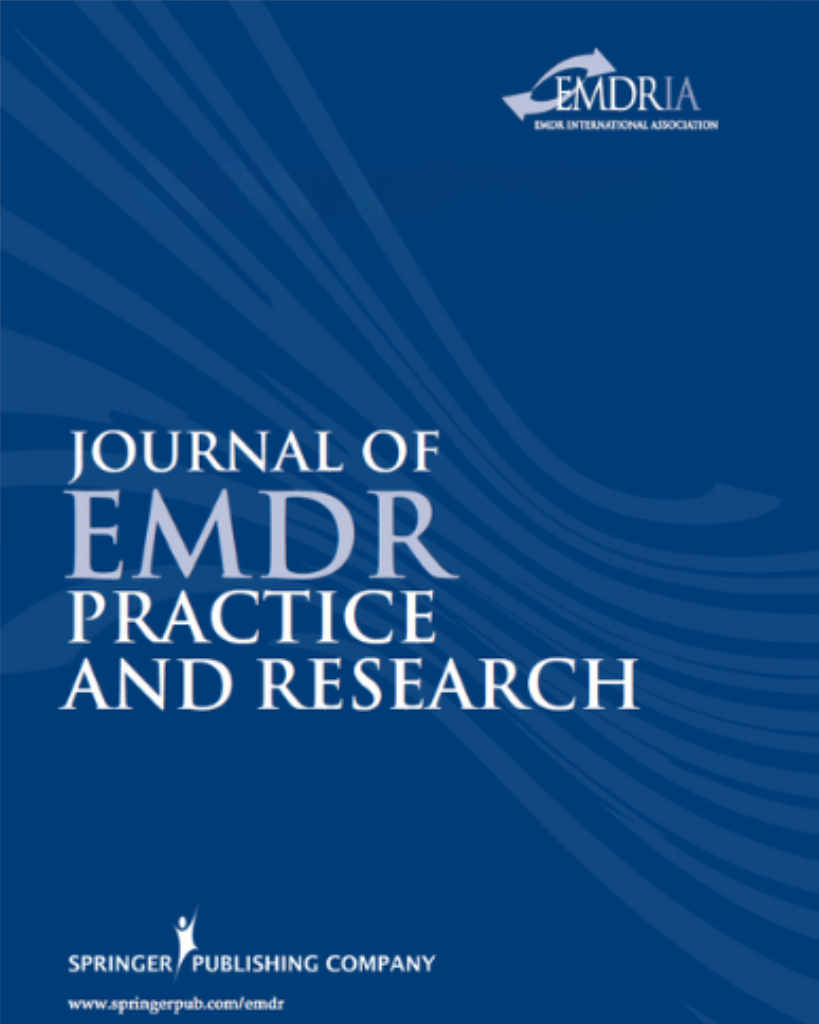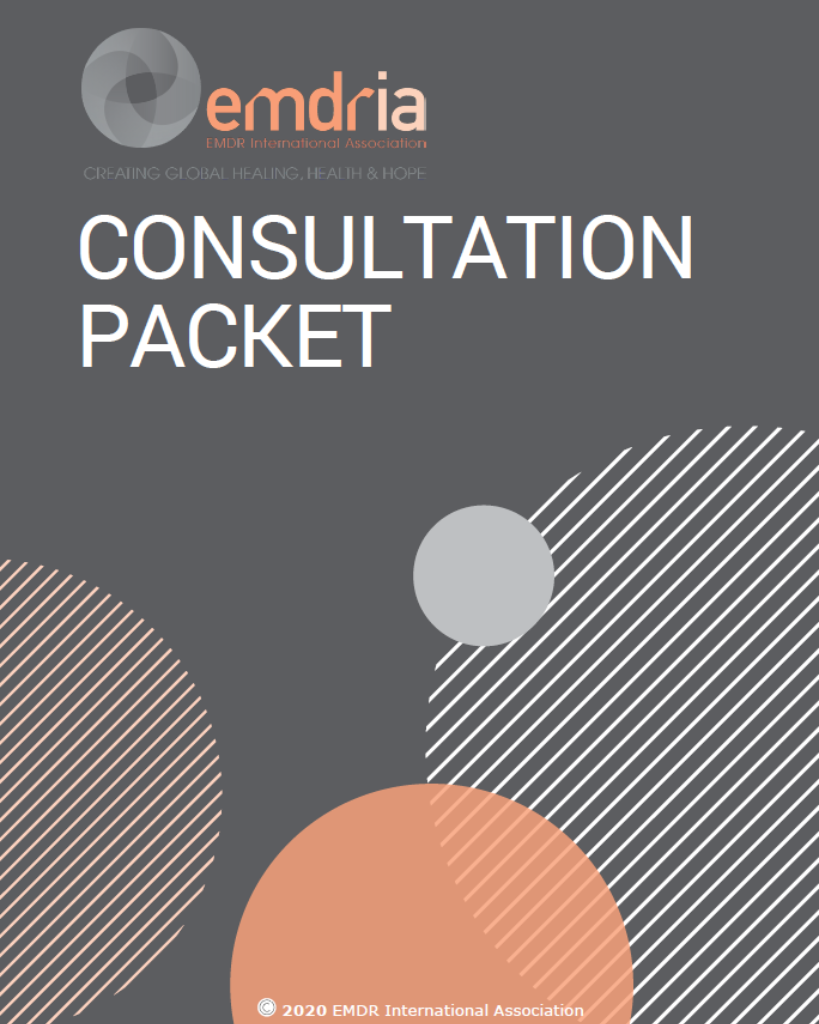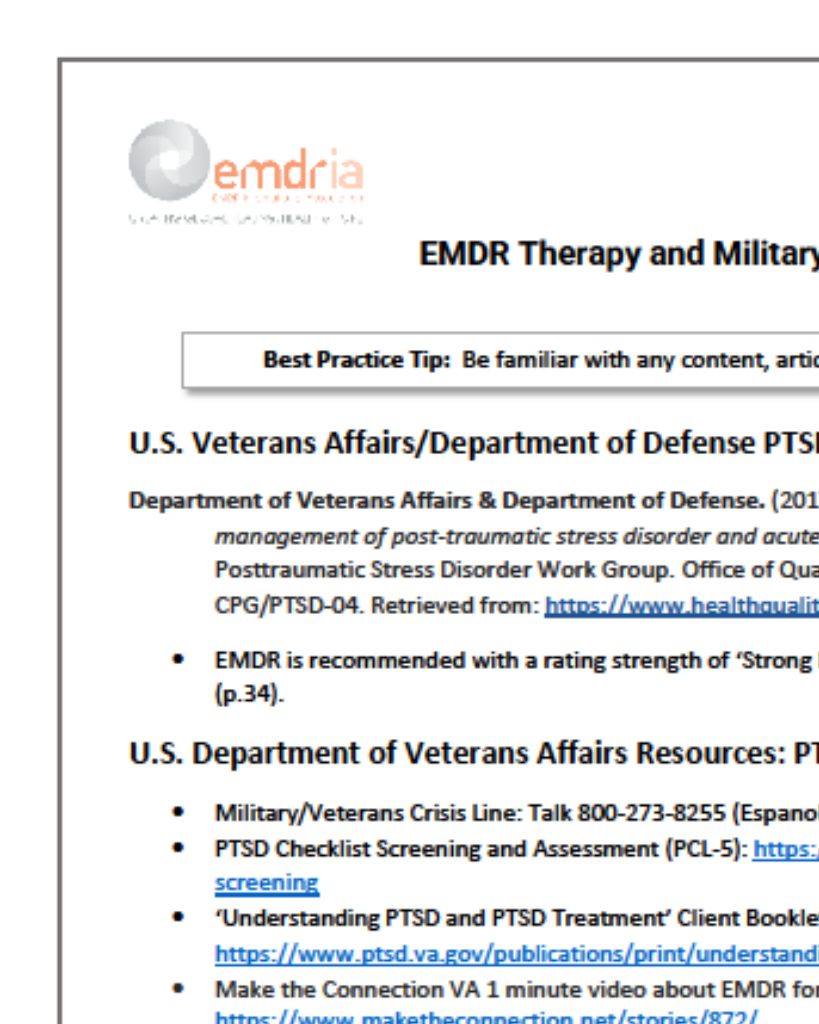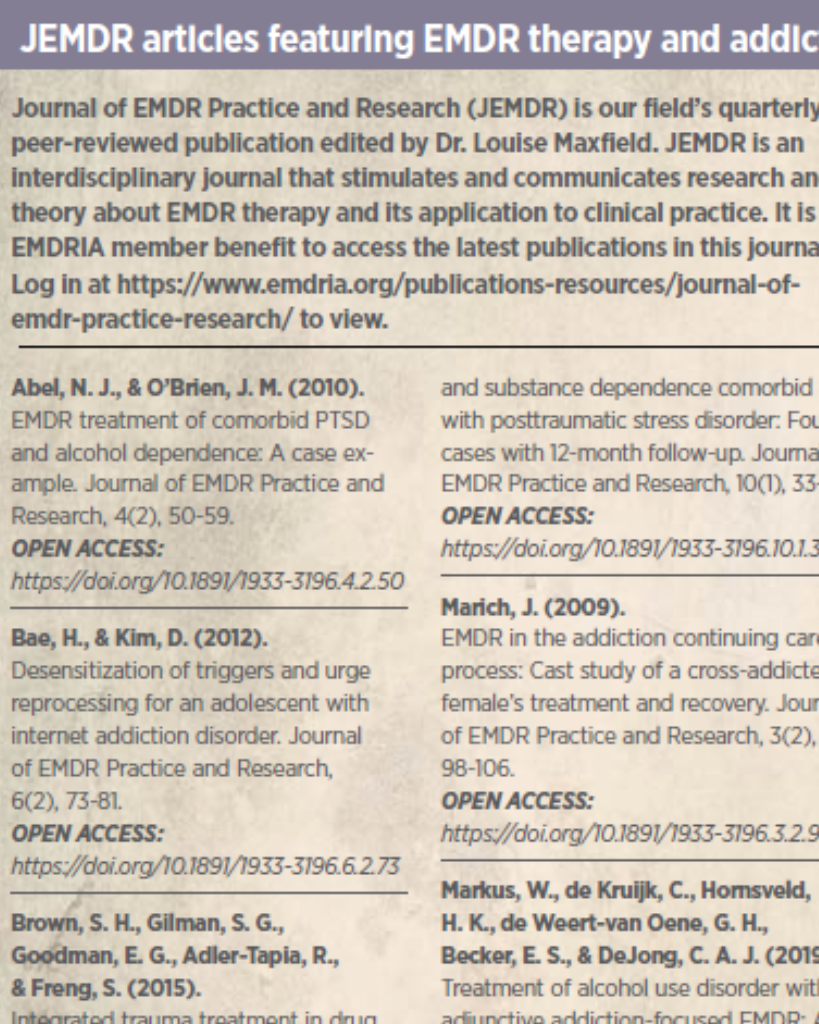EMDR in the Addiction Continuing Care Process Case Study of a Cross-Addicted Female’s Treatment and Recovery
Study of a cross-addicted female: how EMDR was used in the care process & semistructured phenomenological interview at 6-month follow-up.
Article Abstract
“There have been suggestions in the literature since 1994 that eye movement desensitization and reprocessing (EMDR) may serve as an effective adjunct to the addiction treatment process; however, follow-up research in this area has been limited. This case study of a cross-addicted female includes a case review illustrating how EMDR was used in the continuing care process and a semistructured phenomenological interview conducted at 6-month follow-up. Prior to this course of treatment, the participant was treated 12 times with traditional approaches but was unable to achieve more than 4 months of sobriety at any given time. Following EMDR, the participant reported 18 months of sobriety and important changes in functional life domains. The phenomenological interview revealed six critical themes about the addiction and recovery process that can offer insight to clinicians treating co-occurring addiction and trauma.”
—Description from publisher
Article Access
Open Access
Marich, J. (2009). EMDR in the Addiction Continuing Care Process Case Study of a Cross-Addicted Female’s Treatment and Recovery. Journal of EMDR Practice and Research, 3(2), 98–106. https://doi.org/10.1891/1933-3196.3.2.98
About the Journal
Journal of EMDR Practice and Research (JEMDR) is a peer-reviewed publication devoted to integrative, state-of-the-art papers about EMDR therapy. It is a broadly conceived interdisciplinary journal that stimulates and communicates research and theory about EMDR therapy and its application to clinical practice. JEMDR is the official publication of the EMDR International Association.
Date
May 1, 2009
Creator(s)
Jamie Marich
Topics
Addictions
Extent
9 pages
Publisher
Springer Publishing Company
Rights
Copyright © 2009 EMDR International Association
APA Citation
Marich, J. (2009). EMDR in the Addiction Continuing Care Process Case Study of a Cross-Addicted Female’s Treatment and Recovery. Journal of EMDR Practice and Research, 3(2), 98–106. https://doi.org/10.1891/1933-3196.3.2.98
Series
3
Installment
2
Audience
EMDR Therapists
Language
English
Content Type
Peer-Reviewed
Original Source
Journal of EMDR Practice and Research
Access Type
Open Access





